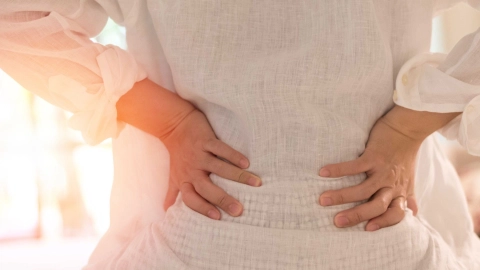ICD-Code N20.1: Calculus of ureter
You have urinary stones in your ureter.
There are normally 2 kidneys in the body. They filter blood and create urine. They thus help to detoxify the body. Furthermore, the kidneys regulate the blood pressure and salt content in the blood, among other things. The ureter is a thin, muscular tube in the abdomen. There is usually one ureter on each side. The urine flows from the kidney, via the ureter, to the bladder. When you have to pass water, the urine flows from the bladder via the urethra and out.
Urinary stones form in the urinary passages. Urinary stones include, for example, kidney stones or bladder stones. You have urinary stones in your ureter.
Urinary stones can occur when the levels of certain substances in the urine are increased. When this happens these substances can come together to form stones. You are also more likely to have urinary stones if your fluid intake is too low or you have a buildup of urine.
Kidney stones form in the renal pelvis. Each kidney is made up of renal tissue and a renal pelvis. The renal tissue makes up the urine. The urine gathers in the renal pelvis. Kidney stones often do not cause any symptoms. Kidney stones have passed into your ureter from your renal pelvis. They may be blocking your ureter.
If the urinary tract is blocked by a urinary stone, urine can build up in the kidney. This can cause severe pain that comes and goes. You may also have blood in your urine as a result of urinary stones. If the urinary stones are small enough they may be excreted in the urine.
Additional indicator
On medical documents, the ICD code is often appended by letters that indicate the diagnostic certainty or the affected side of the body.
- G: Confirmed diagnosis
- V: Tentative diagnosis
- Z: Condition after
- A: Excluded diagnosis
- L: Left
- R: Right
- B: Both sides
Further information
Source
Provided by the non-profit organization “Was hab’ ich?” gemeinnützige GmbH on behalf of the Federal Ministry of Health (BMG).

